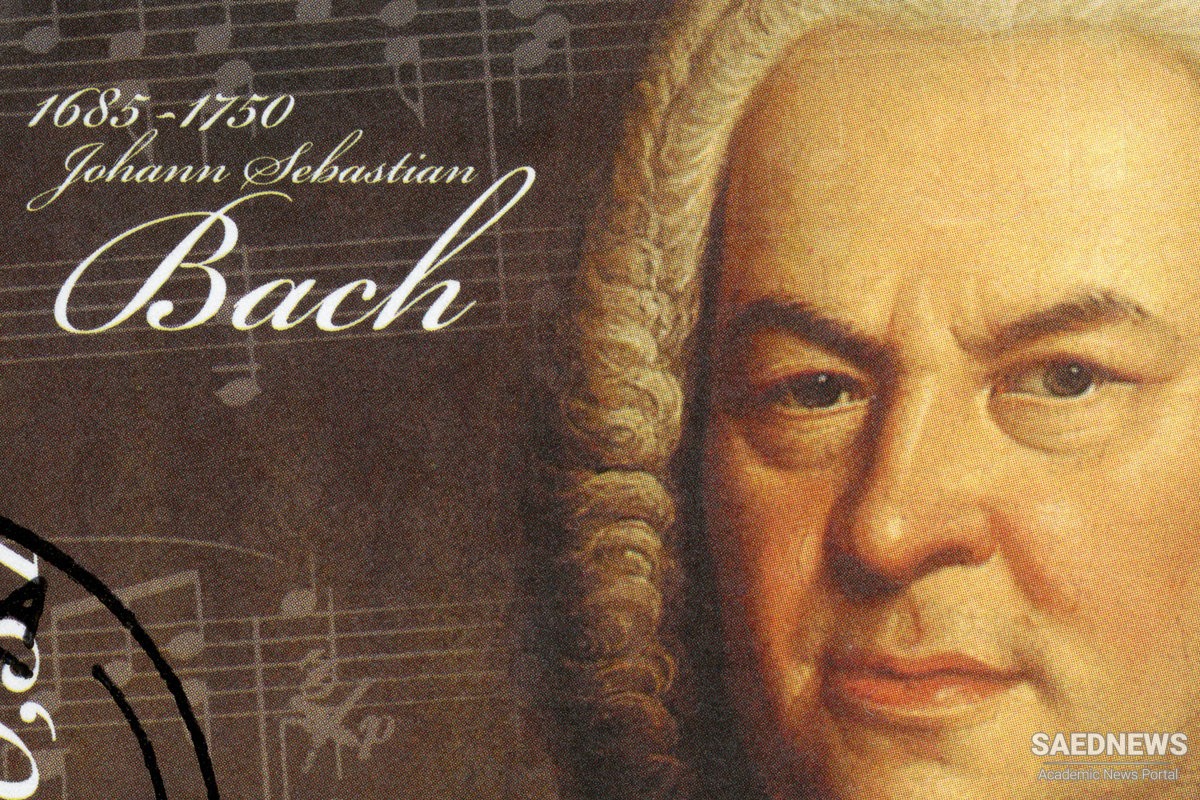A prolific composer of the Baroque era, Johann Sebastian Bach was the most celebrated member of a large family of northern German musicians. Although he was admired by his contemporaries primarily as an outstanding harpsichordist, organist, and expert on organ building, Bach is now generally regarded as one of the greatest composers of all time and is celebrated as the creator of the Brandenburg Concertos, The Well-Tempered Clavier, the Mass in B Minor, and numerous other masterpieces of church and instrumental music. J.S. Bach was the youngest child of Johann Ambrosius Bach and Elisabeth Lämmerhirt. Ambrosius was a string player, employed by the town council and the ducal court of Eisenach. Although Johann Sebastian started school in 1692 or 1693, nothing definite is known of his musical education at that time. By 1695 both his parents were dead, and he was looked after by his eldest brother, Johann Christoph (1671–1721). Christoph was the organist at Ohrdruf, and he apparently gave Johann Sebastian his first formal keyboard lessons. In 1700 the young Bach secured a place in a select choir of poor boys at the school at Michaelskirche, Lüneburg. Bach evidently returned to Thuringia late in the summer of 1702, already a reasonably proficient organist and composer of keyboard and sacred music. By March 4, 1703, he was a member of the orchestra employed by Johann Ernst, duke of Weimar (and brother of Wilhelm Ernst, whose service Bach entered in 1708). When the new organ was completed at the Neue Kirche (New Church) in Arnstadt, on the northern edge of the Thuringian Forest, Bach helped test it, and in August 1703 he was appointed organist—at age 18. At Arnstadt, where he remained until 1707, Bach devoted himself to keyboard music, for the organ in particular. In October 1705 he obtained a month’s leave to walk to Lübeck (more than 200 miles [300 km]), with the specific intention of becoming acquainted with the spectacular organ playing and compositions of Dietrich Buxtehude. He did not return to Arnstadt until mid-January 1706. During these early years, Bach inherited the musical culture of the Thuringian area, a thorough familiarity with the traditional forms and hymns (chorales) of the orthodox Lutheran service, and, in keyboard music, perhaps a bias toward the formalistic styles of the south. But he also learned eagerly from the northern rhapsodists, Buxtehude above all. By 1708 he had arrived at a first synthesis of northern and southern German styles. Among the works that can be ascribed to these early years are the Capriccio sopra la lontananza del suo fratello dilettissimo (1704; Capriccio on the Departure of His Most Beloved Brother, BWV 992), the chorale prelude on Wie schön leuchtet (c. 1705; How Brightly Shines, BWV 739), and the fragmentary early version of the organ Prelude and Fugue in G Minor (before 1707, BWV 535a). (The “BWV” numbers provided are the standard catalog numbers of Bach’s works as established in the Bach-Werke-Verzeichnis, prepared by the German musicologist Wolfgang Schmieder.)


 Handel's Musical Heritage
Handel's Musical Heritage














































